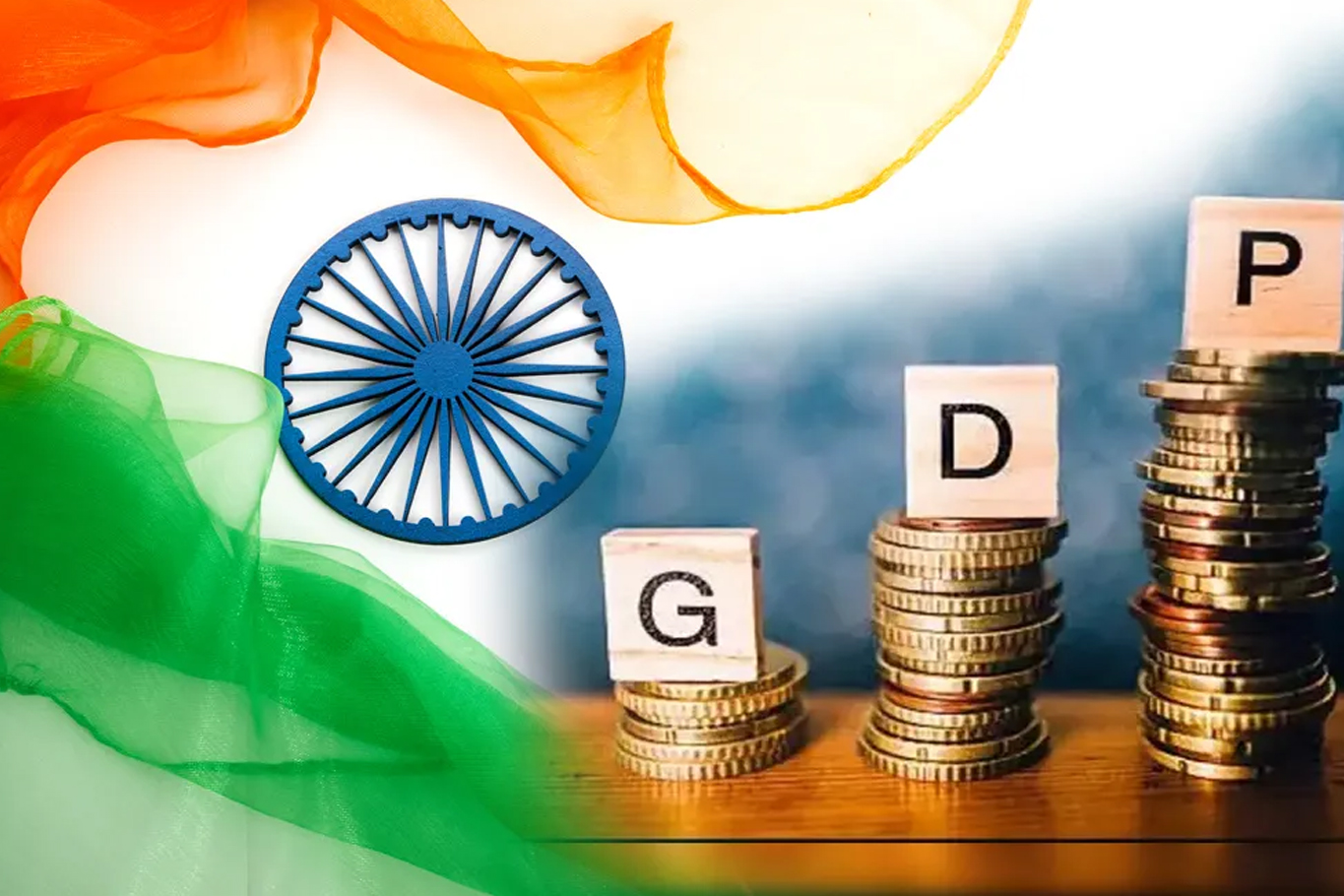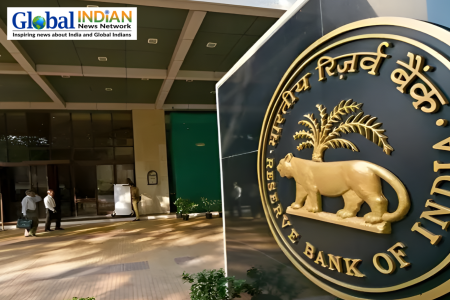
India’s economy is projected to grow at a rate of 6.7 per cent in the financial year 2025-26 (FY26), supported by a cyclical recovery and stable market performance, according to a new report released on Thursday.
A cyclical recovery occurs when an economy rebounds after a period of slowdown or recession, marked by increasing economic activity, higher consumer spending, and renewed business investments.
Over the past five years, India has experienced robust earnings growth, with the NIFTY index recording a compound annual growth rate (CAGR) of 20 per cent, as highlighted in a report by Lighthouse Canton.
As the Indian economy progresses, its next growth phase will hinge on critical factors such as government-led capital expenditure, tax benefits for the middle class, and improved consumer demand. These aspects are expected to drive earnings recovery and enhance market confidence in 2025, the report noted.
Investment-driven expansion has played a pivotal role in India’s economic trajectory. While the government remains committed to fiscal prudence, private sector investments are anticipated to gain momentum, providing long-term stability to economic growth.
A key development in the financial sector is the Reserve Bank of India’s recent 25-basis-point rate cut—the first such reduction in nearly five years—signaling a supportive stance for fostering economic expansion.
“India’s economic engine continues to hold long-term potential; however, 2025 will require greater selectivity and discipline in investment strategies,” said Sumegh Bhatia, Managing Director and CEO of Lighthouse Canton in India.
He further emphasized that investors must navigate changing market cycles, identify inflection points in corporate earnings, and maintain a focus on fundamental principles as the global economic order continues to evolve.
On a global scale, various market trends and currency fluctuations will impact India’s financial landscape, the report indicated.
The strength of the US dollar, along with increasing global trade activity, is influencing investment flows, while gold remains a favored asset for investors seeking stability amid economic uncertainties worldwide.
“Additionally, crude oil prices are expected to remain stable, which is beneficial for India’s import-dependent economy,” the report added.
Looking ahead to 2025, the focus remains on sustainable economic growth, disciplined market strategies, and long-term investment opportunities, ensuring continued resilience in India’s financial sector.













